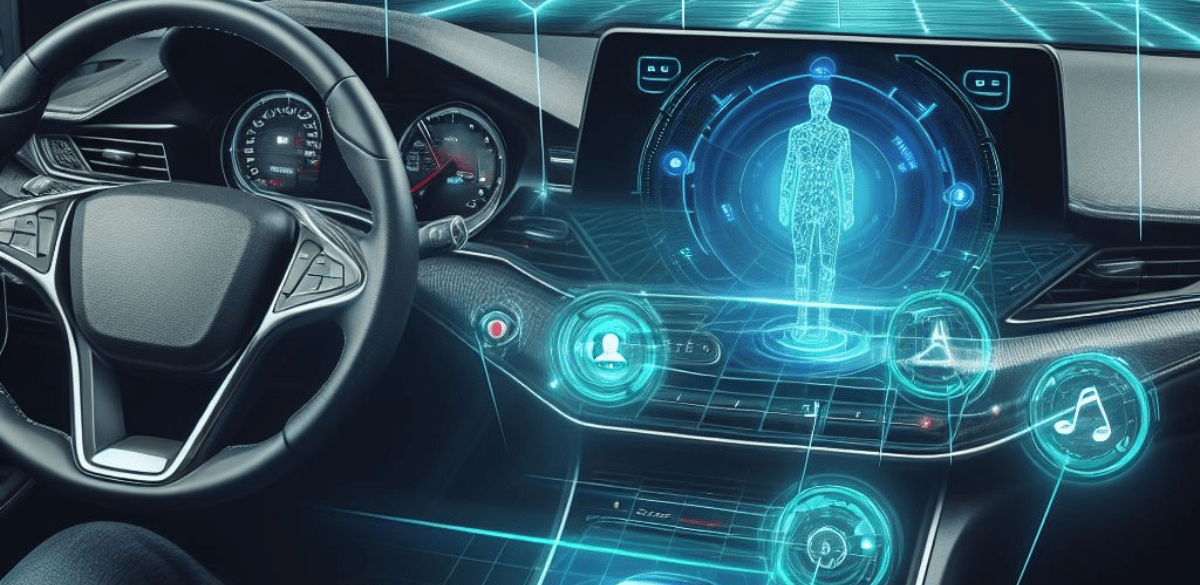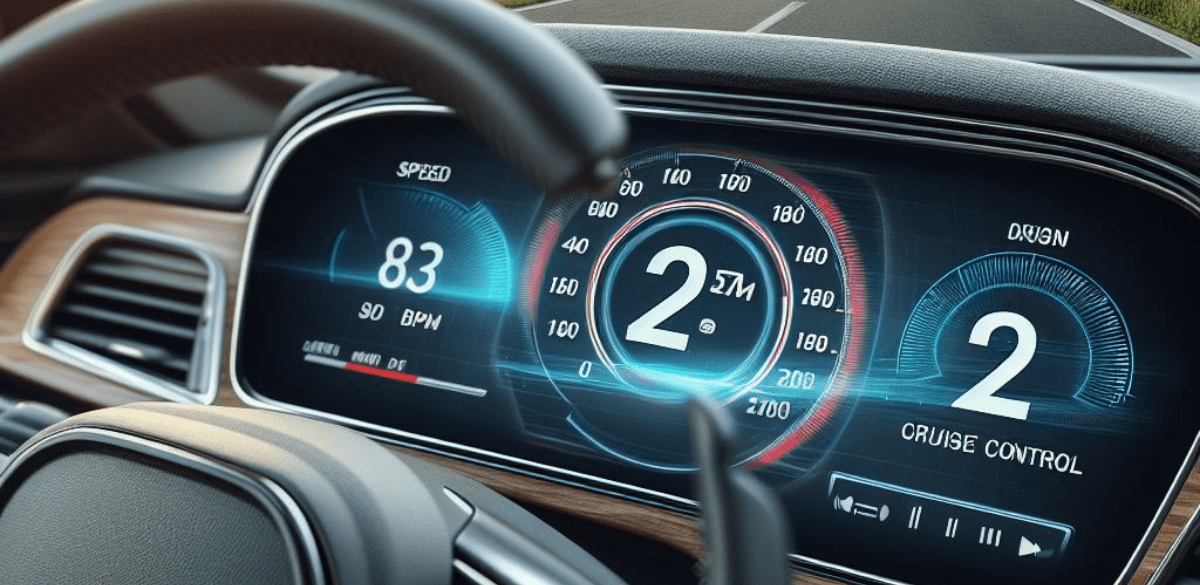Advanced Driver Assistance Systems ADAS have revolutionized the automotive industry, enhancing safety and driving experiences. From adaptive cruise control to lane departure warning systems, ADAS employs cutting-edge technology to assist drivers on the road.
Introduction to ADAS
ADAS, or Advanced Driver Assistance Systems, represents a sophisticated integration of sensors, control systems, and actuators within vehicles, all with the overarching goal of enhancing driver capabilities and mitigating the risks of accidents. This amalgamation of technology serves as a crucial safety net in our modern, fast-paced world, where distractions abound and split-second decisions can have profound consequences. By constantly monitoring the vehicle’s surroundings and processing vast amounts of data in real-time, ADAS empowers drivers with timely alerts, interventions, and assistance, thereby fostering safer driving practices and reducing the likelihood of collisions. Whether through adaptive cruise control, lane departure warning systems, or automatic emergency braking, ADAS functionalities collectively contribute to a safer and more secure driving experience for all road users.

Components of ADAS
- Sensors:
- Cameras: Capture visual information about the vehicle’s surroundings.
- Radar: Utilizes radio waves to detect objects and their distance from the vehicle.
- Lidar: Measures distances using laser light to create detailed 3D maps of the environment.
- Ultrasonic sensors: Detect objects in close proximity to the vehicle, especially useful for parking assistance.
- Control Systems:
- Processor units: Analyze data from sensors in real-time.
- Algorithms: Interpret sensor data to identify potential risks and determine appropriate actions.
- Decision-making logic: Determines when and how to intervene based on the analyzed data.
- Actuators:
- Braking system: Applies brakes to prevent collisions or reduce the severity of impact.
- Steering system: Adjusts steering to keep the vehicle within its lane or avoid obstacles.
- Acceleration control: Modulates vehicle speed, especially in adaptive cruise control systems.
How AI Works? What Magic Happened Inside?

Functioning of ADAS
- Sensing the Environment:
- ADAS relies on an array of sensors, including cameras, radar, lidar, and ultrasonic sensors, to continuously monitor the vehicle’s surroundings.
- These sensors detect objects, vehicles, pedestrians, road markings, and other relevant elements in real-time.
- Processing Data:
- The data collected by the sensors is processed by sophisticated algorithms within the control systems of the vehicle.
- These algorithms analyze the information, identify potential risks or hazards, and determine appropriate actions.
- Taking Action:
- Based on the analysis of the environment, ADAS initiates appropriate actions to mitigate risks and enhance safety.
- These actions may include adjusting the vehicle’s speed, applying brakes, steering corrections, or providing warnings to the driver.
- Continuous Monitoring and Adaptation:
- ADAS systems operate continuously, monitoring the environment and adjusting responses as conditions change.
- The system adapts to various driving scenarios, including highway driving, city traffic, adverse weather conditions, and more.
- Integration with Driver Inputs:
- ADAS systems are designed to complement the driver’s actions rather than replace them entirely.
- Drivers retain control of the vehicle and can override ADAS interventions when necessary, ensuring a seamless interaction between human and machine.
- Feedback and Improvement:
- Feedback mechanisms within ADAS systems allow for continuous improvement based on real-world data and user experiences.
- Manufacturers regularly update and refine ADAS algorithms to enhance performance, reliability, and safety standards.
- Enhanced Driving Experience:
- Overall, the functioning of ADAS aims to enhance the driving experience by providing additional safety measures, reducing the cognitive load on drivers, and improving overall situational awareness on the road.
Android Auto And Apple CarPlay Choose The Best In 2024.

Levels Of ADAS
Advanced Driver Assistance Systems (ADAS) encompass a range of technologies designed to enhance vehicle safety and driving experience. These systems are categorized into different levels based on their capabilities and autonomy. Let’s compare all ADAS levels:
- Level 0 – No Automation:
- In Level 0 ADAS, there are no automated features present in the vehicle.
- The driver is solely responsible for all aspects of driving, including acceleration, braking, and steering.
- This level may include basic safety features like seat belts and airbags but lacks any automated assistance.
- Level 1 – Driver Assistance:
- Level 1 ADAS introduces some basic automated functions, such as adaptive cruise control (ACC) or lane-keeping assistance.
- These systems assist the driver with specific tasks but still require constant supervision and intervention.
- Examples include systems that can maintain a set speed or keep the vehicle within its lane under certain conditions.
- Level 2 – Partial Automation:
- Level 2 ADAS represents a significant advancement, offering more comprehensive automation of certain driving tasks.
- Systems at this level can simultaneously control both steering and acceleration/deceleration under specific conditions.
- However, the driver must remain engaged and ready to take over at any time, as these systems are not fully autonomous.
- Examples include advanced adaptive cruise control systems with lane centering and traffic jam assist.
- Level 3 – Conditional Automation:
- Level 3 ADAS introduces conditional automation, where the vehicle can manage most aspects of driving under certain conditions.
- In Level 3, the vehicle can handle tasks like acceleration, braking, and steering in specific situations, such as highway driving.
- However, the driver must still be prepared to intervene when the system requests, especially in complex or unexpected scenarios.
- This level represents a significant step towards autonomous driving but still requires driver oversight.
- Level 4 – High Automation:
- Level 4 ADAS offers high levels of automation, where the vehicle can operate independently in most driving scenarios without human intervention.
- Unlike Level 3, Level 4 vehicles do not require driver intervention in predefined conditions, such as city driving or highway cruising.
- However, Level 4 vehicles may still have limitations or specific operational domains where human intervention is necessary.
- Overall, Level 4 ADAS systems provide a high degree of autonomy but may not be capable of handling all driving situations.
- Level 5 – Full Automation:
- Level 5 ADAS represents the pinnacle of autonomous driving, where vehicles can operate independently in all conditions without human intervention.
- In Level 5, there is no need for a human driver, and occupants can be entirely passive passengers.
- These vehicles are designed to handle all driving tasks, from navigating city streets to rural roads and highways, without any human input.
- Level 5 autonomy promises a future where transportation is entirely automated, revolutionizing mobility and safety.
Each level of ADAS represents a progression towards greater autonomy and automation in vehicles. While lower levels provide basic assistance to drivers, higher levels offer increasing levels of automation, eventually leading to fully autonomous vehicles capable of navigating roads independently.

Types of ADAS
Adaptive Cruise Control
Adaptive cruise control maintains a set speed while automatically adjusting the distance to the vehicle ahead. It ensures a safe following distance, reducing the likelihood of rear-end collisions.
Lane Departure Warning
Lane departure warning systems alert drivers when they unintentionally drift out of their lane. By monitoring lane markings, these systems help prevent accidents caused by distracted or drowsy driving.
Automatic Emergency Braking
Automatic emergency braking systems detect imminent collisions and apply the brakes if the driver fails to react promptly. This feature can significantly reduce the severity of accidents or even prevent them altogether.
Benefits of ADAS
Improved Safety
ADAS significantly enhances safety on the road by assisting drivers in avoiding collisions and hazards. Its proactive approach to accident prevention saves lives and reduces injuries.
Enhanced Driving Experience
ADAS features such as adaptive cruise control and lane-keeping assist contribute to a more comfortable and enjoyable driving experience. These systems reduce driver fatigue and stress, making long journeys more manageable.
Reduced Accidents
The implementation of ADAS has led to a decrease in the number of accidents worldwide. By alerting drivers to potential dangers and intervening, when necessary, ADAS helps prevent collisions and save property and lives.

Challenges and Limitations
Reliability Issues
The reliability of ADAS systems can be affected by factors such as adverse weather conditions, sensor malfunctions, and software glitches. Ensuring the consistent performance of these systems remains a priority for manufacturers.
Environmental Factors
Certain environmental conditions, such as heavy rain, fog, or snow, can impair the effectiveness of ADAS sensors. Manufacturers are continually striving to improve sensor technology to overcome these challenges.
Future of ADAS
The future of ADAS holds exciting possibilities, with ongoing advancements in technology and integration with autonomous vehicles.
Advancements in Technology
Technological innovations, such as artificial intelligence and machine learning, are driving the evolution of ADAS. These advancements promise to make ADAS more intelligent and capable of handling complex driving scenarios.
Integration with Autonomous Vehicles
ADAS serves as a importance towards fully autonomous vehicles. As technology progresses, ADAS features will become more sophisticated, eventually leading to vehicles capable of navigating roads without human intervention.
Conclusion
ADAS represents a significant leap forward in automotive safety and technology. By leveraging sensors, control systems, and actuators, ADAS enhances driver capabilities, reduces accidents, and paves the way for the future of autonomous driving.
FAQs
- What is ADAS?
- ADAS stands for Advanced Driver Assistance Systems, which are technologies designed to assist drivers and improve safety on the road.
- How does ADAS work?
- ADAS works by utilizing sensors to monitor the vehicle’s surroundings, processing data to identify potential risks, and taking action to mitigate those risks, such as applying brakes or providing warnings to the driver.
- What are the benefits of ADAS?
- ADAS enhances safety, improves the driving experience, and reduces accidents by assisting drivers in avoiding collisions and hazards.
- What are some common ADAS features?
- Common ADAS features include adaptive cruise control, lane departure warning, automatic emergency braking, and parking assistance.
- What are the challenges facing ADAS?
- Challenges facing ADAS include reliability issues, environmental factors affecting sensor performance, and the need for ongoing technological advancements.
